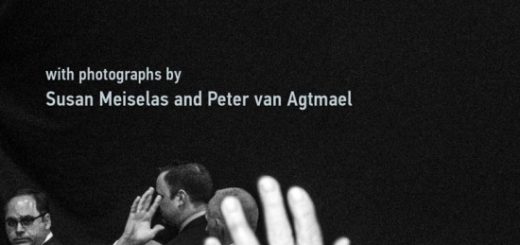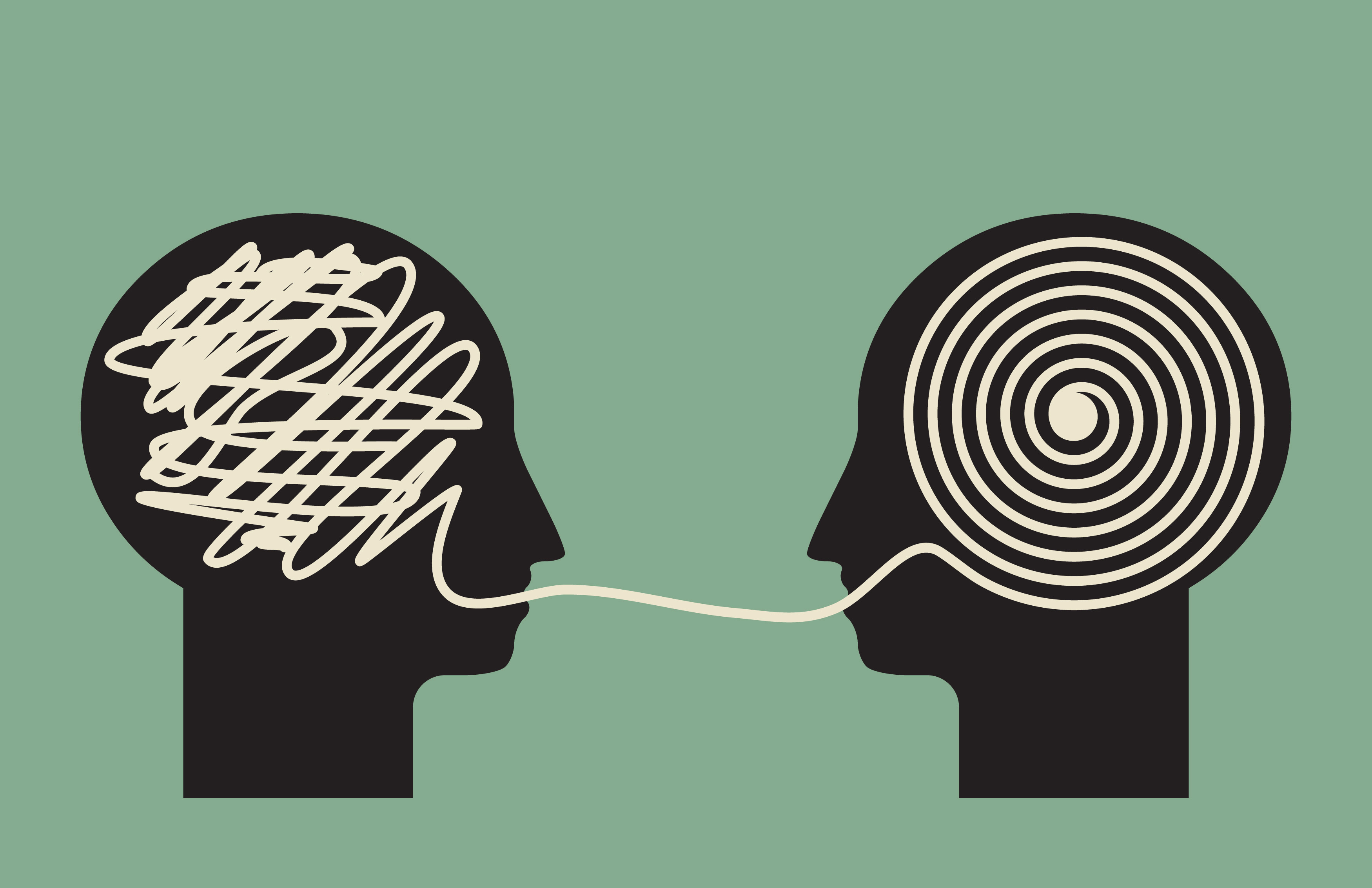Out of Language: Photographing as Translating

My essay for The Routledge Companion to Photography Theory traces Flusser’s engagement with photography–or more exactly, of his concern with the human-device mesh he called the apparatus. The idea of photography as an alternative to language seems to have appeared about 1969 — before he left Brazil and returned to Europe to live. The idea of communication requiring human consciousness to adapt to devices — with potential for both good and bad consequences — was clear by 1983–the publication of Für eine Philosophie der Fotografie. Photography was the first device to make such demands, the first “technical image”. It was quickly supplemented by film, TV video and sound recording (the term “technical image” deserves closer attention, but sound recording does involve the requisite human-device “mesh”). So photography comes to represent an historical break away from the kind of consciousness that is supported and shaped by writing — historical, critical consciousness. Photographs “translate” from this kind of consciousness “into the universe of technical images,” a new way human beings interact with the world and with each other.


